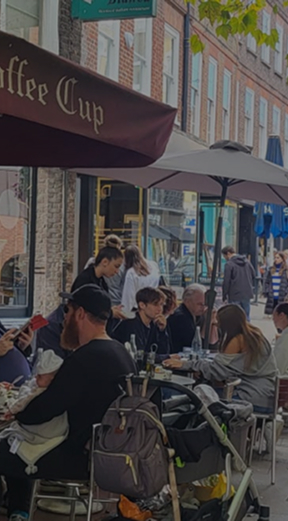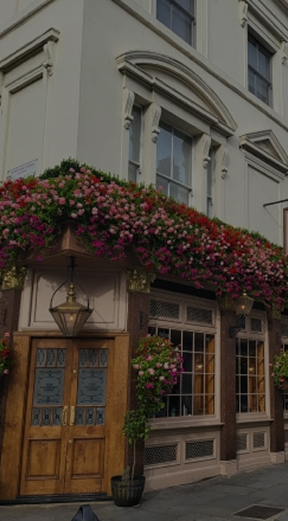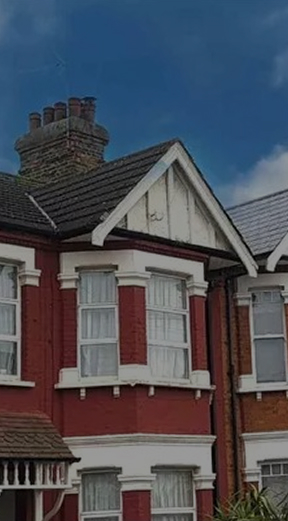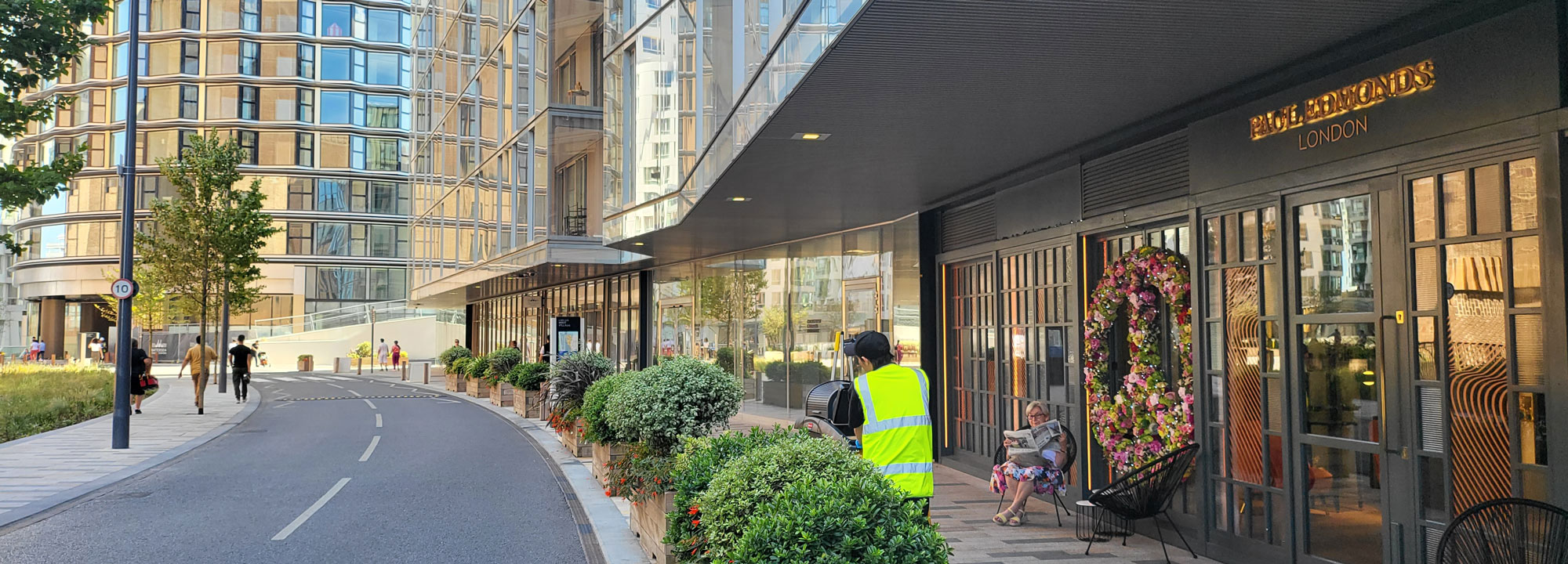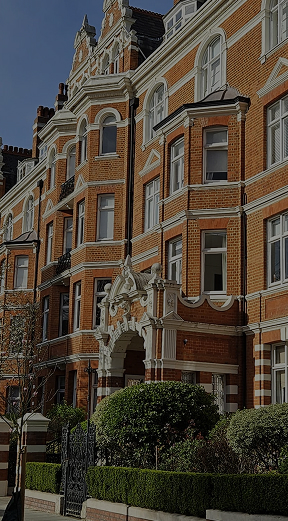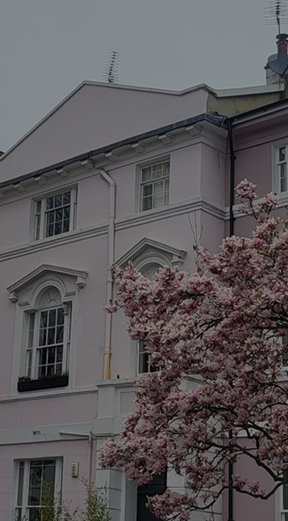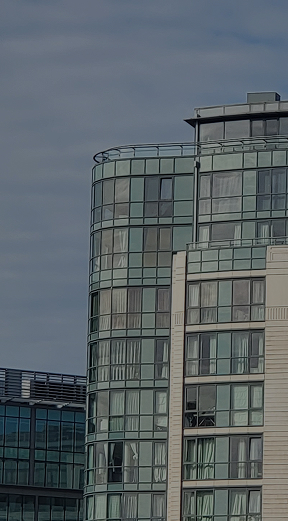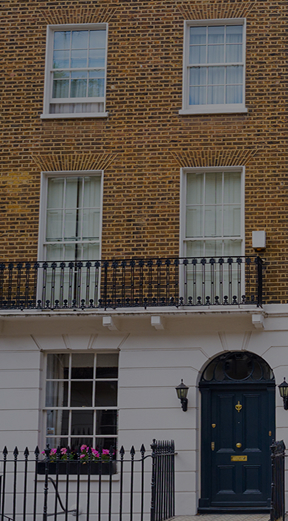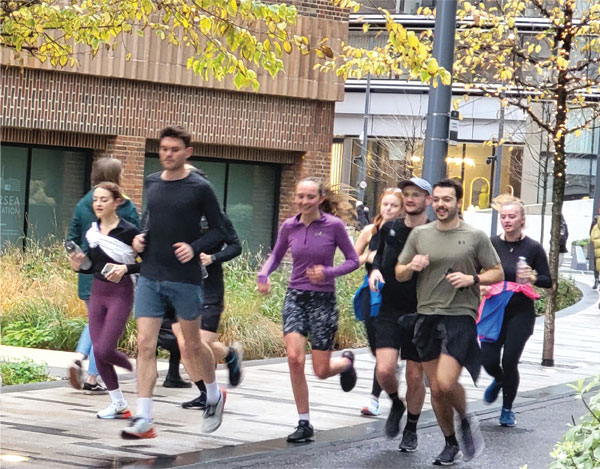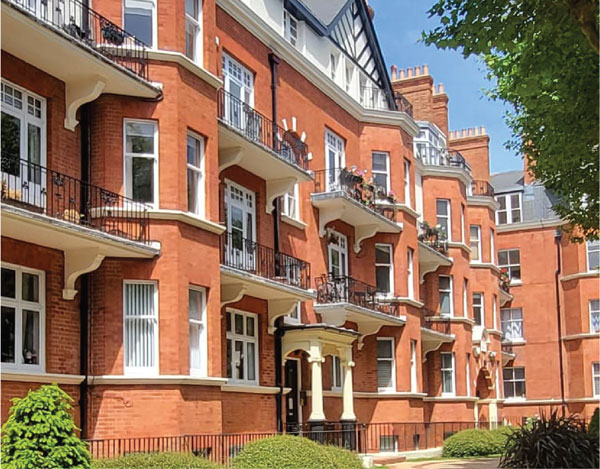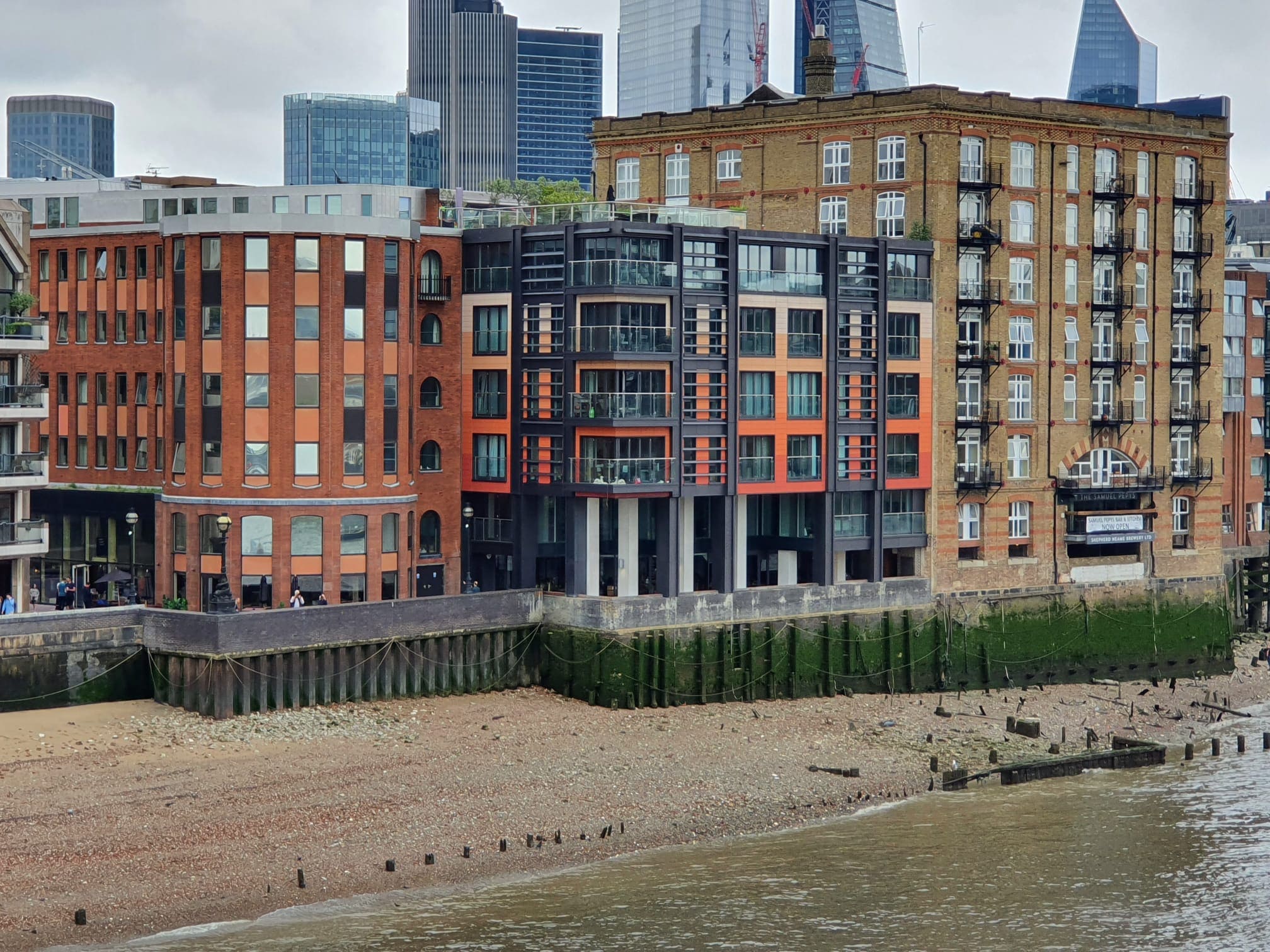About the issue of the scope of the rights and legal implications of conduct on the part of the owner of a property.
Pole Properties Ltd v Feinberg [1981] 43 P&CR
Summary
The case of Pole Properties Ltd v Feinberg [1981] 43 P&CR 121 is concerned with right of way and easements over property. The court was confronted with the issue of the scope of the rights and legal implications of conduct on the part of the owner of a property. The case is valuable to draw an understanding because it underscores various aspects of the law relating to property, especially the easements and their governing principles.
Facts
Pole Properties Ltd was an appellant and had land adjoining that owned by Mr. Feinberg, the respondent. The respondent had been using a way across the property of the appellant to access his land, and it was a necessary right of way for Mr. Feinberg's access as he would use it two or three times a week.
Mr Feinberg relied on a prescriptive easement to use the pathway across Pole Properties Ltd's land. He claimed to have done so openly, continuously, and without interruption for a sufficient period to establish prescriptive acquisition of a right under either a doctrine of lost modern grant or a straight prescription.
Pole Properties Ltd made a defense to this evidence arguing that Mr. Feinberg's use of the pathway was not as of right but by permission which would rule out easement by prescription. The matter was taken up to the courts to decide on whether Mr. Fienberg's claim was convincing and also over the legal status of the pathway.
Issues
The main issues in this matter were;
1. Whether Mr. Feinberg had acquired a prescriptive easement over the pathway.
2. Whether the use of the pathway by Mr. Feinberg was prescriptive (i.e. without consent) or permissive by Pole Properties Ltd.
3. Authority and the principles of law involved in easements by prescription and the rule of lost modern grant.
First Instance
In the first hearing the court took into account the evidence put forward by both parties. Mr. Feinberg submitted testaments and evidence of his uninterrupted use of the pathway over many years. It was submitted on his behalf that this use was without the need for permission from Pole Properties Ltd and consequently was as of right.
Pole Properties Ltd, on the other hand, adduced evidence to the effect that any use of the right of way by Feinberg was permissive and not as of right. They contended for their part that they had in motion extended permission to Feinberg to use the way, so that prescription for a prescriptive easement could not be averred.
The court of first statement found that Mr. Feinberg had proved an easement of prescription. The use he made of the pathway was continuous, apparent, and without interruption for the period necessary and as of rights.
Decision on Appeal
Pole Properties Ltd. v. Miss Chance and Ward, however, appealed. The basis of their appeal was that the court of first instance had erred in their findings based on the way the evidence had been interpreted in regards to the use of the pathway as being truly or permissively as of right.
The appellate court considered the facts and similarly the relevant legal principles with respect to easements by prescription. The court upheld the decision of first instance, holding that Mr. Feinberg had, indeed made out a successful claim for a prescriptive easement. The appellate court upheld that the use of the pathway was as of right and not permissive and therefore fulfilled the tests for a prescriptive easement under the doctrine of lost modern grant.
Comments
The ruling in Pole Properties Ltd v Feinberg is fully applicable to the practice of property law generally, more so to the practice of easements and prescriptive rights. The main key points that emerge from this case are:
1. Establishment of Prescriptive Easements In this case, the message is quite clear to establish a prescriptive easement; it would have to be said that use of such a PATHWAY was consistent, continuous, open without hiding any clandestine activities, and that use was unbroken and unbarred. It throws light on the yardsticks that have to be in place if.
2. As of Right vs. Permissive Use: A very important element in proving a prescriptive easement is the difference between use as of right and permissive use. The case stressed that the use should be without permission in order for it to be considered an easement by prescription.
3. Doctrine of Lost Modern Grant: The case reaffirms the doctrine of lost modern grant, wherein easement usage over a long period, and under specific legal conditions, serves as evidence that the owners might have believed that a grant of easement was available.
4. Evidence and Testimonies: The judgment confirms that strong evidence and reliable witnesses are needed to prove the fact of continuous and uninterrupted use over a particular pathway. To this extent, each of the parties has to introduce such evidence in support of his contention.
5. Legal Precedent: This case will be used in the future to argue upon any dispute over prescriptive easements and the legal standards and principles the courts apply.
It is to be seen that in the final analysis, the case Pole Properties Ltd v Feinberg is one of the most crucial cases from the view point of property law that enunciates legal intricacies and prerequisites for the establishment of easements by prescription. Therein, the judgment indicated the reliance on a clear evidence of use as of the right and understanding the legal doctrines governing the property rights.
Social
Valuation Services provided by Ringley's Valuation Team
Block Management Packages
Legal Services provided by Ringley Law
Building Surveying Services
Meet our Expert Property Commentators
About the issue of the scope of the rights and legal implications of conduct on the part of the owner of a property.
Pole Properties Ltd v Feinberg [1981] 43 P&CR
Summary
The case of Pole Properties Ltd v Feinberg [1981] 43 P&CR 121 is concerned with right of way and easements over property. The court was confronted with the issue of the scope of the rights and legal implications of conduct on the part of the owner of a property. The case is valuable to draw an understanding because it underscores various aspects of the law relating to property, especially the easements and their governing principles.
Facts
Pole Properties Ltd was an appellant and had land adjoining that owned by Mr. Feinberg, the respondent. The respondent had been using a way across the property of the appellant to access his land, and it was a necessary right of way for Mr. Feinberg's access as he would use it two or three times a week.
Mr Feinberg relied on a prescriptive easement to use the pathway across Pole Properties Ltd's land. He claimed to have done so openly, continuously, and without interruption for a sufficient period to establish prescriptive acquisition of a right under either a doctrine of lost modern grant or a straight prescription.
Pole Properties Ltd made a defense to this evidence arguing that Mr. Feinberg's use of the pathway was not as of right but by permission which would rule out easement by prescription. The matter was taken up to the courts to decide on whether Mr. Fienberg's claim was convincing and also over the legal status of the pathway.
Issues
The main issues in this matter were;
1. Whether Mr. Feinberg had acquired a prescriptive easement over the pathway.
2. Whether the use of the pathway by Mr. Feinberg was prescriptive (i.e. without consent) or permissive by Pole Properties Ltd.
3. Authority and the principles of law involved in easements by prescription and the rule of lost modern grant.
First Instance
In the first hearing the court took into account the evidence put forward by both parties. Mr. Feinberg submitted testaments and evidence of his uninterrupted use of the pathway over many years. It was submitted on his behalf that this use was without the need for permission from Pole Properties Ltd and consequently was as of right.
Pole Properties Ltd, on the other hand, adduced evidence to the effect that any use of the right of way by Feinberg was permissive and not as of right. They contended for their part that they had in motion extended permission to Feinberg to use the way, so that prescription for a prescriptive easement could not be averred.
The court of first statement found that Mr. Feinberg had proved an easement of prescription. The use he made of the pathway was continuous, apparent, and without interruption for the period necessary and as of rights.
Decision on Appeal
Pole Properties Ltd. v. Miss Chance and Ward, however, appealed. The basis of their appeal was that the court of first instance had erred in their findings based on the way the evidence had been interpreted in regards to the use of the pathway as being truly or permissively as of right.
The appellate court considered the facts and similarly the relevant legal principles with respect to easements by prescription. The court upheld the decision of first instance, holding that Mr. Feinberg had, indeed made out a successful claim for a prescriptive easement. The appellate court upheld that the use of the pathway was as of right and not permissive and therefore fulfilled the tests for a prescriptive easement under the doctrine of lost modern grant.
Comments
The ruling in Pole Properties Ltd v Feinberg is fully applicable to the practice of property law generally, more so to the practice of easements and prescriptive rights. The main key points that emerge from this case are:
1. Establishment of Prescriptive Easements In this case, the message is quite clear to establish a prescriptive easement; it would have to be said that use of such a PATHWAY was consistent, continuous, open without hiding any clandestine activities, and that use was unbroken and unbarred. It throws light on the yardsticks that have to be in place if.
2. As of Right vs. Permissive Use: A very important element in proving a prescriptive easement is the difference between use as of right and permissive use. The case stressed that the use should be without permission in order for it to be considered an easement by prescription.
3. Doctrine of Lost Modern Grant: The case reaffirms the doctrine of lost modern grant, wherein easement usage over a long period, and under specific legal conditions, serves as evidence that the owners might have believed that a grant of easement was available.
4. Evidence and Testimonies: The judgment confirms that strong evidence and reliable witnesses are needed to prove the fact of continuous and uninterrupted use over a particular pathway. To this extent, each of the parties has to introduce such evidence in support of his contention.
5. Legal Precedent: This case will be used in the future to argue upon any dispute over prescriptive easements and the legal standards and principles the courts apply.
It is to be seen that in the final analysis, the case Pole Properties Ltd v Feinberg is one of the most crucial cases from the view point of property law that enunciates legal intricacies and prerequisites for the establishment of easements by prescription. Therein, the judgment indicated the reliance on a clear evidence of use as of the right and understanding the legal doctrines governing the property rights.
Valuation Services provided by The Ringley Group
Meet our Expert Property Commentators


